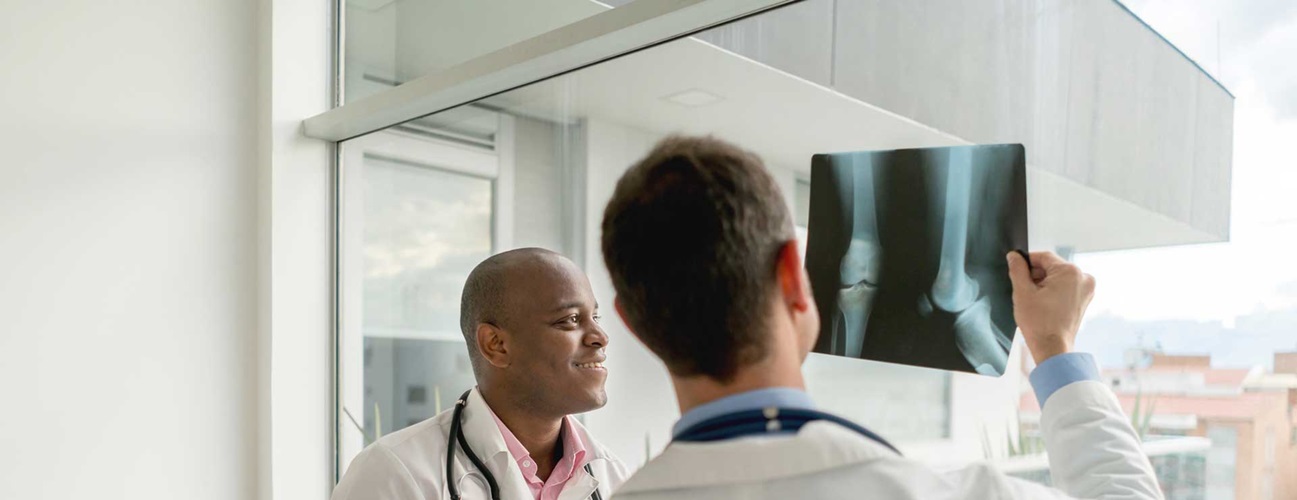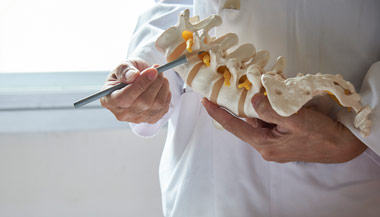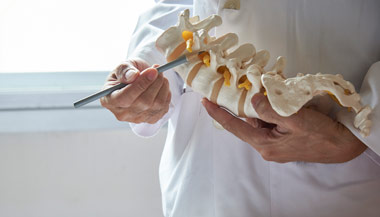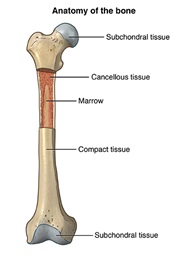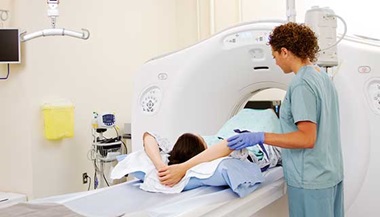Arthrography
What is arthrography?
Arthrography is a type of imaging test used to look at a joint, such as the shoulder, knee, or hip. It may be done if standard X-rays do not show the needed details of the joint structure and function.
In arthrography, a long, thin needle is used to put contrast dye right into the joint and a series of X-rays is taken with the joint in various positions. X-rays use small amounts of radiation to get pictures of the inside of the body. Sometimes air is used as the contrast substance when regular contrast can not be used.
An arthrogram may also use fluoroscopy, CT (computerized tomography), or MRI (magnetic resonance imaging) instead of X-rays to get better pictures of the joint.
While arthrography is most commonly used to examine the knee and shoulder joints, it may also be used to look at other joints, such as the wrist, ankle, hip, or elbow.
Why might I need arthrography?
Arthrography may be done on a joint when there has been persistent and unexplained pain, discomfort, loss of motion, and/or changes in the way the joint works. Other reasons to do this test may include:
- To find problems (such as tears) in the soft tissues of the joint, such as ligaments, tendons, cartilage, and joint capsules
- To check for damage from repeated dislocations of the joint
- To check prosthetic joints
- To look for loose bodies
There may be other reasons for your healthcare provider to recommend arthrography.
What are the risks of arthrography?
You may want to ask your healthcare provider about the amount of radiation used during the procedure and the risks related to your particular situation. It is a good idea to keep a record of your radiation exposure, such as previous CT scans and other types of X-rays, so that you can inform your healthcare provider. Risks linked with radiation exposure may be related to the cumulative number of X-ray exams and/or treatments over a long period.
If you are allergic or sensitive to medicines, contrast dyes, local anesthesia, iodine, or latex, tell your healthcare provider.
Some potential risks of arthrography include:
- Infection and bleeding at the needle site where the contrast dye is injected
- Allergic reaction to the contrast dye. This is rare with direct arthrography because the dye is not injected into a vein
Arthrography is not recommended for people with active arthritis or joint infections.
If you are pregnant or think you may be, tell your healthcare provider. Radiation exposure during pregnancy may lead to birth defects. If you must have an arthrography exam, special precautions will be taken to reduce the radiation exposure to the fetus.
There may be other risks depending on your specific medical condition. Be sure to discuss any concerns with your healthcare provider before the procedure.
How do I get ready for arthrography?
- Your healthcare provider will explain the procedure to you and you can ask questions.
- You will be asked to sign a consent form that gives your permission to do the procedure. Read the form carefully and ask questions if anything is not clear.
- There is no special restriction on diet or activity before arthrography.
- Be sure to tell your healthcare provider if you are sensitive to or are allergic to any medicines, latex, tape, anesthetic agents (local and general), contrast dyes, and/or iodine.
- Tell your healthcare provider of all medicines (prescribed and over-the-counter) and herbal supplements that you are taking.
- Tell your healthcare provider if you have a history of bleeding disorders or if you are taking any anticoagulant (blood-thinning) medicines, aspirin, or other medicines that affect blood clotting. You may need to stop these medicines before the procedure.
- If you are pregnant or think you may be, tell your healthcare provider.
- Based on your medical condition, your healthcare provider may give you other instructions on what to do before the procedure.
What happens during arthrography?
Arthrography may be done on an outpatient basis or as part of your stay in the hospital. Procedures may vary depending on your condition and your healthcare provider's practices.
Generally, arthrography follows this process:
- You will be asked to remove any clothing, jewelry, or other objects that might get in the way. A bracelet with your name and an identification number may be put on your wrist. You may get a second bracelet if you have allergies.
- If you are asked to remove your clothing, you will be given a gown to wear.
- You will be positioned on an exam table in the procedure room.
- X-rays of the joint may be taken before the injection of the contrast dye for comparison with the pictures taken after the dye is injected.
- The skin around the joint will be covered with sterile drapes and cleaned with an antiseptic solution.
- The area around the joint will be numbed by using a small needle to inject a local anesthetic (numbing medicine). You may feel burning before you feel a numbing sensation.
- If there is fluid in the joint, this fluid will be removed with a longer needle and syringe.
- The contrast dye will be injected into the joint using a long, thin needle. You may feel pressure as the needle is moved into the joint, but tell the healthcare provider if it hurts so more numbing medicine can be used. After this injection, you may be asked to move the joint so that the dye moves evenly throughout the joint. You may be asked to exercise the joint. For instance, in the case of knee arthrography, you may be asked to walk around for a few minutes.
- Once the contrast dye has moved through the joint, multiple X-rays will be taken with the joint in various positions. In some cases, a special frame or traction may be used to stretch the joint for a wider view of the joint. Things like pillows or sandbags may be used to help position the joint. In most cases, you will get an MRI, or less commonly, a CT, after the arthrogram has been done.
While the arthrography procedure itself causes no pain, having to move or hold the joint still in certain positions might cause some discomfort or pain, particularly if you’ve recently had surgery or a joint injury. The technologist will use all possible comfort measures and complete the procedure as quickly as possible to minimize any discomfort or pain.
What happens after arthrography?
Your healthcare provider will give you specific instructions regarding movement of the joint, pain medicine care of the affected joint, symptoms to watch for, and any activity restrictions.
You may be asked to rest the joint for several hours right after the procedure.
Some mild swelling and fullness may be noted in or around the joint. Your healthcare provider may suggest that you apply ice if swelling happens. If swelling continues or increases after a day or two, contact the healthcare provider.
Take a pain reliever for soreness as recommended by your healthcare provider. Aspirin or certain other pain medicines may increase the chance of bleeding. Be sure to take only recommended medicines.
After a knee arthrogram, the affected knee may be wrapped with an elastic bandage for several days. You will be shown how to apply the bandage and remove it for bathing and dressing.
You may notice some clicking or cracking noises with movement of the joint for a few days after the procedure. This is normal, and should resolve within a few days.
Tell your healthcare provider if you have any of the following:
- Fever
- Redness, swelling, bleeding, or other drainage from the injection site
- Increased pain around the injection site
You may resume your normal diet unless your healthcare provider tells you differently.
Your healthcare provider may give you other instructions after the procedure, depending on your particular situation.
Next steps
Before you agree to the test or the procedure make sure you know:
- The name of the test or procedure
- The reason you are having the test or procedure
- What results to expect and what they mean
- The risks and benefits of the test or procedure
- What the possible side effects or complications are
- When and where you are to have the test or procedure
- Who will do the test or procedure and what that person’s qualifications are
- What would happen if you did not have the test or procedure
- Any alternative tests or procedures to think about
- When and how will you get the results
- Who to call after the test or procedure if you have questions or problems
- How much will you have to pay for the test or procedure

